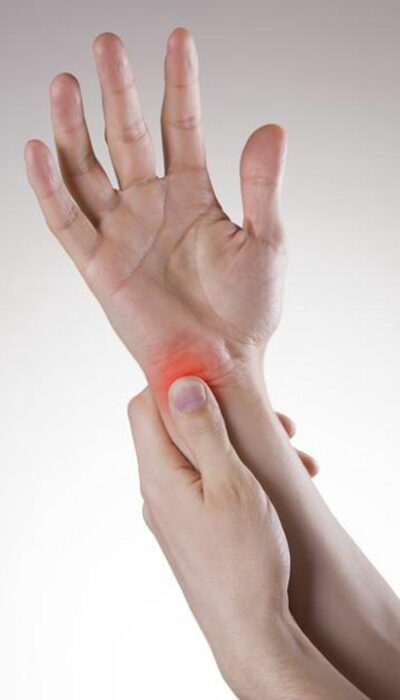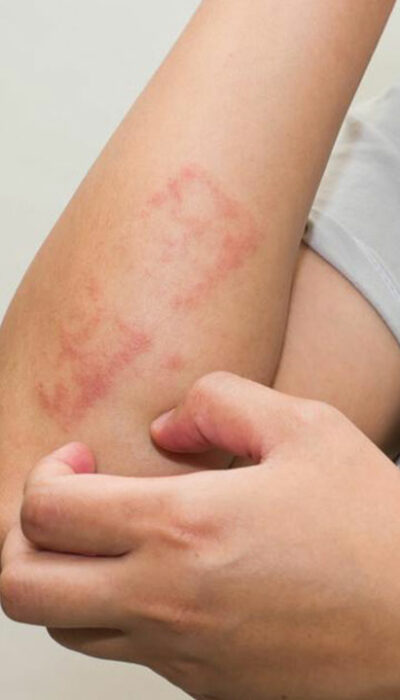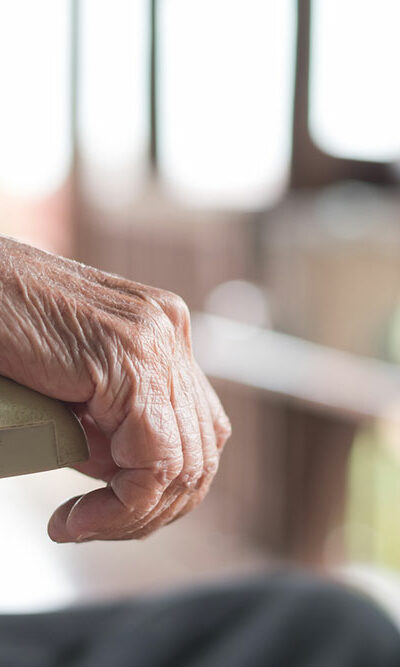
Rotavirus – Symptoms, causes, and preventive options
Rotavirus is a contagious virus that causes inflammation in the intestines and stomach. It is one of the most common causes of diarrhea in children. Although there is no cure for this condition, there are medications that help manage the symptoms. Understanding the symptoms of rotavirus can help one treat the condition immediately. In this article, we will be discussing the symptoms, causes, and prevention methods of rotavirus. Symptoms The symptoms of rotavirus start two days after the exposure to the virus. However, the symptoms can last for up to seven days. Fever and vomiting During the first three days, one may notice fever and vomiting. However, these symptoms may fade away by the fourth day. Dehydration Babies and younger children may experience severe dehydration. Irritability, lack of fluid consumption, little to no urine, and lethargy may be common symptoms of dehydration. Seek immediate medical help if you notice any of these symptoms. Watery diarrhea After the fever and vomiting fade away, one may experience watery diarrhea. This may last for up to seven days. Abdominal pain The diarrhea may be accompanied by abdominal pain. Nevertheless, the stomach pain should subside within a couple of days. Causes Rotavirus is present in the fecal matter of a person and spreads through hand-to-mouth contact. It may be present in the infected person’s stool for two days before the symptoms show up. If a kid or a parent does not wash hands after using the toilet or changing a diaper, the virus can spread easily. The virus can stay on surfaces that have not been disinfected for up to months at a time. Contracting the viral infection is possible even after getting vaccinated. Therefore, prevention is crucial. Prevention To prevent or reduce the risk of getting contaminated, one must wash their hands after using the washroom.










